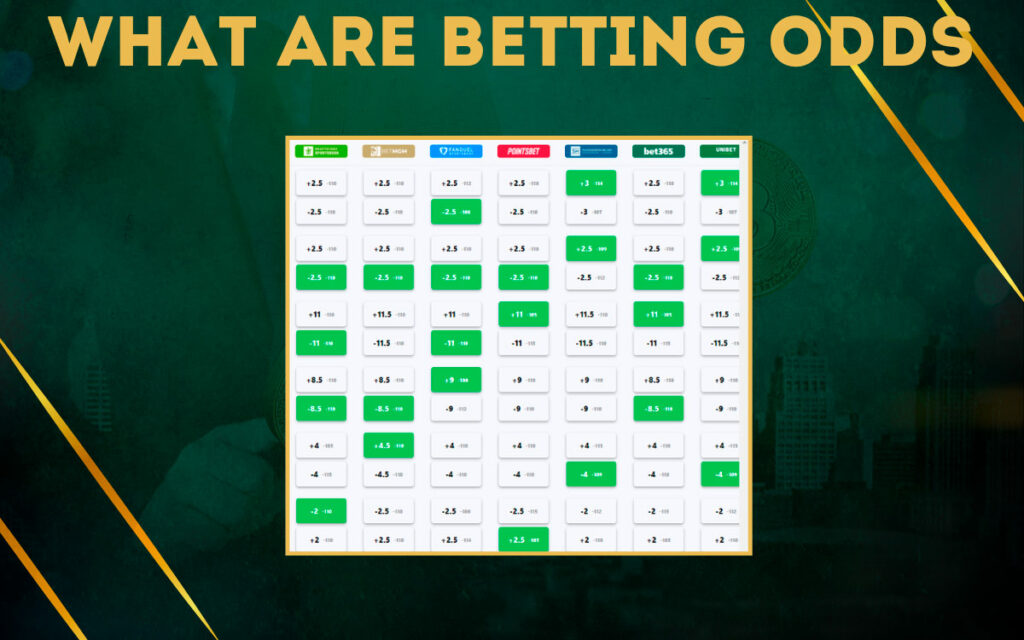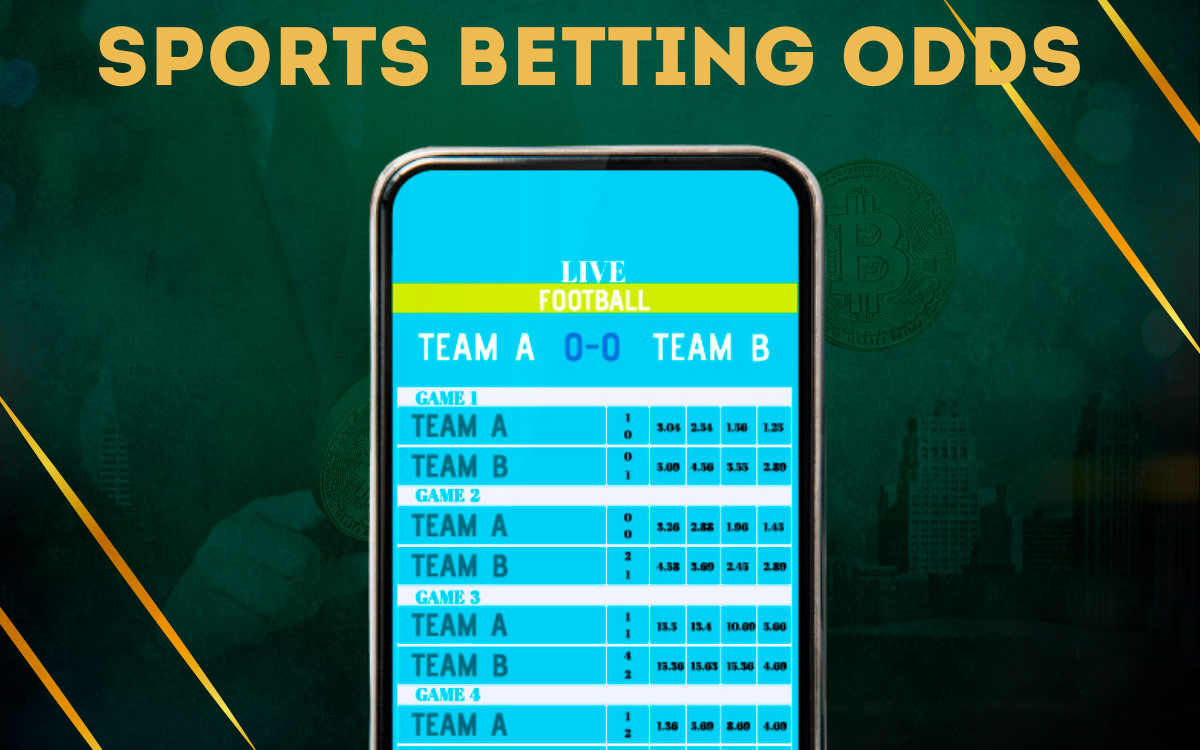Sports betting has become a popular way for fans to engage with their favorite sports on a deeper level. Central to this activity are betting odds, which play a crucial role in determining the potential payout of a bet. Whether you’re a novice or an experienced bettor, understanding how sports betting odds work is essential for making informed wagers. This guide will walk you through the basics of betting odds, how to calculate them, and strategies for finding the best odds in sports betting.
What Are Betting Odds?

Betting odds are numerical representations of the probability of an event occurring and are used by bookmakers to set the potential payouts for different bets. They indicate how much money you can win if your bet is successful, relative to the amount you wager. Essentially, they reflect the likelihood of a particular outcome in a sporting event.
How Sports Betting Odds Work
Betting odds are typically presented in three formats: fractional, decimal, and moneyline.
- Fractional Odds: Common in the UK and Ireland, fractional odds (e.g., 5/1) show the ratio of the profit to the stake. For example, 5/1 odds mean you win $5 for every $1 you bet, plus your original stake back.
- Decimal Odds: Popular in Europe, Canada, and Australia, decimal odds (e.g., 6.00) represent the total payout rather than just the profit. For example, 6.00 odds mean you receive $6 for every $1 bet (including your stake).
- Moneyline Odds: Common in the United States, moneyline odds can be positive or negative. Positive moneyline odds (e.g., +500) show how much profit you make on a $100 bet. Negative moneyline odds (e.g., -200) indicate how much you need to bet to win $100.
How to Calculate Betting Odds
Understanding how to calculate betting odds is crucial for assessing their value and making informed decisions. Here’s a simple breakdown for each type of odds:
Fractional Odds Calculation:
- To calculate potential profit: Profit = (Stake x Fractional Odds)
- Example: For a $10 bet at 5/1 odds: Profit = $10 x 5 = $50. Total Payout = $50 (profit) + $10 (stake) = $60.
Decimal Odds Calculation:
- To calculate potential payout: Payout = Stake x Decimal Odds
- Example: For a $10 bet at 6.00 odds: Payout = $10 x 6.00 = $60.
Moneyline Odds Calculation:
- For positive moneyline odds: Profit = (Stake x Moneyline Odds) / 100
- Example: For a $100 bet at +500 odds: Profit = ($100 x 500) / 100 = $500. Total Payout = $500 (profit) + $100 (stake) = $600.
- For negative moneyline odds: Profit = (Stake / Moneyline Odds) x 100
- Example: For a $200 bet at -200 odds: Profit = ($200 / 200) x 100 = $100. Total Payout = $100 (profit) + $200 (stake) = $300.
Conclusion
Betting odds are the cornerstone of sports betting, providing a quantifiable measure of potential profit and the likelihood of various outcomes. Understanding how sports betting odds work and how to calculate them is essential for any bettor looking to maximize their returns. By shopping around for the best odds in sports betting and staying informed about the sports and events you’re betting on, you can significantly improve your chances of making successful wagers. Whether you’re new to betting or a seasoned pro, mastering the art of interpreting and utilizing betting odds will enhance your betting experience and increase your chances of winning.

